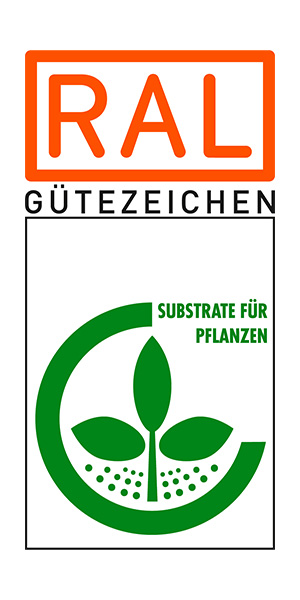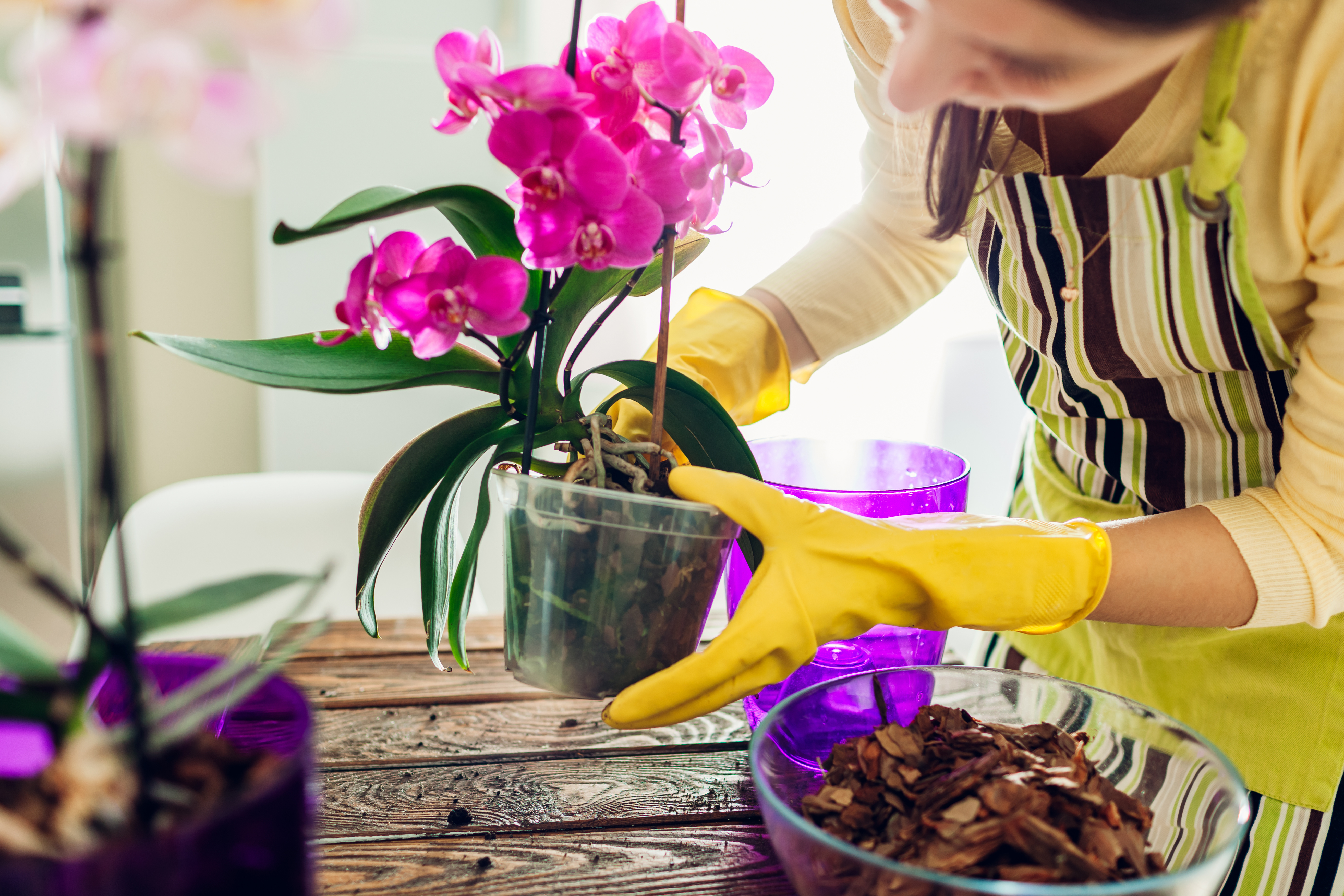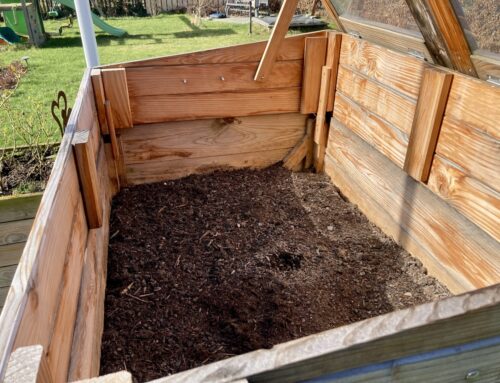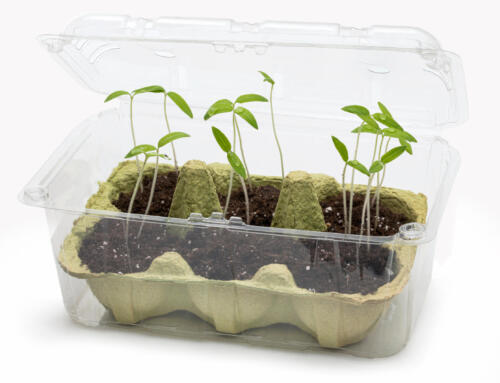They are – and have been for many years – by far the most popular flowering indoor plants: potted orchids delight plant lovers again and again with their exotic blooms, bright colours and rich green leaves. Superstars such as the moth orchids (Phalaenopsis), have transformed the common perception that potted orchids are beautiful but very demanding. Together with other robust genera such as Cattleya, Cymbidium and Odontoglossum, potted Phalaenopsis are in high demand even with novice plant lovers.
The key care tips are easy to remember if you bear in mind the environment in which orchids grow in the wild. The majority of popular potted orchids are air plants (epiphytes) from subtropical and tropical regions. In the permanently humid climate of the subtropical and tropical rain forests, they cling to the crowns of high trees by aerial roots. This is how they secure a place closer to the light for better growing conditions.
The golden rules of orchid keeping
- They like a warm place with lots of light, but without direct sun, and high air humidity levels.
- They have low nutrient requirements. Use either a special orchid fertilizer or half the regular dosage of a fertilizer for flowing plants.
- Orchids hate to be over watered!
Frequent mistakes in orchids care
Whenever orchids die, it’s usually because of root rot. This is the result of excessive watering (see below) on the one hand and using standard potting soil to re-pot the orchids on the other. In their natural habitat, epiphytic orchids extend their roots almost freely into the air. Any medium for growing orchids in the pot should therefore provide support to the roots and increase the air humidity around them. At the same time, it needs to be very well aerated and free draining to dry off fast after watering.
This explains why orchid substrate isn’t actually a soil mix. It is a special growing medium consisting mainly of pine or stone pine bark. Expanded clay granules, coco chips, peat mosses and other additives can improve the ratio of good aeration and water-retention on the one hand and adequate water holding capacity on the other.
Orchid media: how to identify good quality
The fact that “orchid” is printed on the substrate packaging does not guarantee the product is high quality. For example, if the substrate contains too many fine pieces of bark, the mix is not as open or aerated as needed. Excessively fresh bark can also be a problem because insufficiently seasoned bark products give off plant-damaging substances. The Gütegemeinschaft Substrate für Pflanzen e.V. recommends that consumers choose products that carry the RAL quality mark.
RAL-certified potting soils and substrates for planting have been proven to be based on high-quality constituents. They are subject to regular analyses for particle size, structure stability and potential contamination with plant-damaging substances by approved independent labs. Owing to such quality assurance, RAL-certified substrates ensure that your orchids thrive and bloom even better after re-potting.
How to water orchids adequately
Orchids are epiphytes (air plants) living in the crowns of rain forest trees. This is why they are used to absorbing and storing moisture very efficiently. After all, they cannot take up water from the soil in the wild, but have to make do with a short shower or cover their needs solely by absorbing moisture from the ambient air. You need to develop a good feel for their water needs when watering orchids.
Here’s the safest method: don’t water the plant from above at all. Instead, fill the cachepot with water once a week and place the orchid in it for about ten minutes. Remove the orchid from the cachepot, empty the pot completely and allow the plant to drain. When done, put the orchid back into the fully emptied cachepot.







